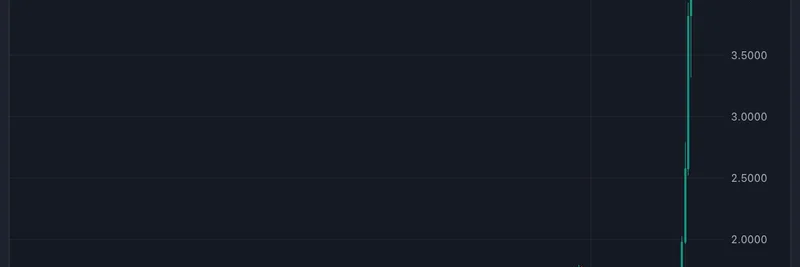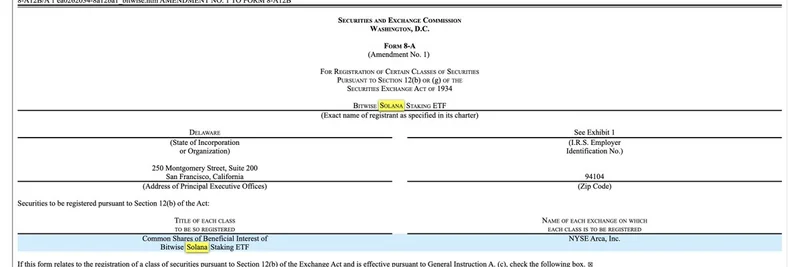In the fast-paced world of crypto, big ideas often spark from simple tweets. Recently, Matty Tay, co-founder of Colosseum and a former Solana team member, dropped a thought-provoking post on X that has the community buzzing. He envisions a future where crypto dismantles outdated systems, with MetaDAO leading the charge in transforming corporate governance.
Decoding the Tweet
Matty's tweet paints a vivid picture: "Over the next 10-20 years, crypto will replace our current, archaic institutions." He breaks it down with key comparisons—non-sovereign money challenging fiat, DeFi protocols outpacing centralized finance, and MetaDAO stepping in for traditional corporate governance. Ending with a cheeky "Have a futarded weekend," it's a nod to futarchy, the innovative system powering MetaDAO. If you're new to the term, futarchy is a governance model that uses prediction markets to make decisions. Instead of plain voting, participants bet on outcomes, aligning incentives with accurate forecasts.
This isn't just hype; it's a reminder of crypto's core mission to decentralize power. Matty suggests we've strayed from that path, but projects like MetaDAO are bringing us back.
What is MetaDAO?
Launched on the Solana blockchain, MetaDAO is pioneering futarchy in practice. Think of it as a DAO (Decentralized Autonomous Organization) where decisions aren't made by majority vote but by market signals. Users propose ideas, and then prediction markets decide if they're worth pursuing based on how they might affect the DAO's objectives—like token price or other metrics.
The native token, META (with the Solana address METAwkXcqyXKy1AtsSgJ8JiUHwGCafnZL38n3vYmeta), fuels this ecosystem. Holders can participate in markets, fund projects, and influence governance through bets rather than ballots. This approach aims to make decisions more efficient and less prone to politics, as bets reveal true beliefs backed by skin in the game.
MetaDAO isn't alone in exploring futarchy—ideas from economist Robin Hanson have inspired it—but it's one of the first to implement it at scale on Solana. Other platforms like Optimism are experimenting too, but MetaDAO's focus on real-world applications sets it apart.
Recent META Token Surge
The timing of Matty's tweet couldn't be better, coinciding with a notable pump in META's price. According to data from Birdeye, the token recently spiked from around $1 to over $5, with trading volume hitting $1.01 million. This surge reflects growing interest in futarchy-based governance, especially as DAOs grapple with inefficiencies in traditional models.
While MetaDAO isn't purely a meme token, its rapid price movements echo the volatility and community-driven hype seen in meme coins on Solana. For blockchain practitioners, this highlights how innovative governance can drive token value, blending utility with speculative appeal.
Why This Matters for Meme Tokens
At Meme Insider, we're all about meme tokens, but MetaDAO offers a blueprint that could elevate the space. Imagine meme communities using futarchy to decide on marketing campaigns, partnerships, or even token burns. Instead of chaotic votes, markets could predict what boosts the token's value, making governance smarter and more engaging.
This ties into broader trends in DeFi and blockchain. As Solana continues to host innovative projects, tools like futarchy could help meme tokens evolve from jokes to sustainable ecosystems. If MetaDAO succeeds, it might inspire a wave of "governance memes"—tokens where fun meets functional decision-making.
Looking Ahead
Matty Tay's tweet is a call to action: remember crypto's revolutionary roots. With MetaDAO at the forefront, we're seeing how prediction markets could redefine not just DAOs but entire institutions. Whether you're a trader eyeing META's charts or a builder exploring governance, this is a space to watch.
Stay tuned to Meme Insider for more updates on emerging tokens and tech that shape the blockchain world. If futarchy piques your interest, dive into MetaDAO's docs or join the conversation on X.


